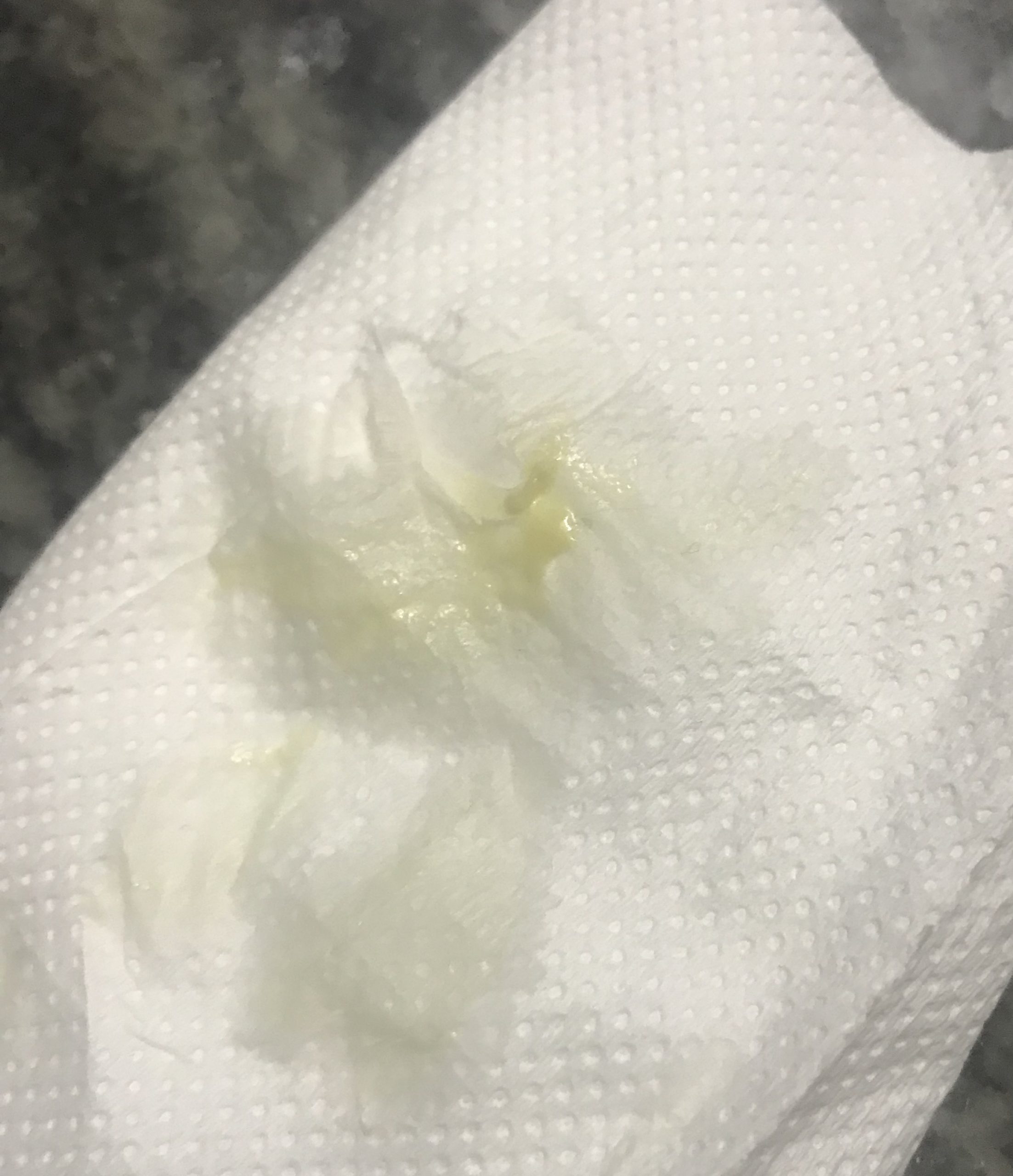

Discharge has brownish tinge how to#
How to treat it: Spotting due to hormonal contraception is not usually a cause for concern and should go away about three months after having an IUD implanted or starting a low-estrogen birth control pill. And just like at the beginning or end of your period, when blood leaves the uterus slowly it oxidizes and turns brown. This is more likely with birth control methods that contain little to no estrogen as a lack of estrogen can cause the lining of the uterus to shed a little at a time. Some birth control methods like IUDs or implants that release progestin can cause spotting, irregular menstruation, and brown discharge. But if brown discharge persists for several days or weeks after your period ends or is accompanied by an unpleasant smell, itching, or burning, reach out to your doctor as it could be a sign of infection. How to treat it: Brown discharge at the beginning or end of your period is normal and not typically a cause for concern. As the blood takes more time to leave the uterus, it oxidizes, turning from a red color to a more brown hue. Your period is coming or has just endedīrown discharge at the beginning of or end of your period usually occurs because the blood is moving more slowly than in the middle of your period. Here are six reasons for brown discharge and when to see a doctor.

But sometimes brown discharge can be a sign of an illness or infection that requires medical attention. In most cases, brown vaginal discharge is a normal part of your menstrual cycle and not a cause for concern. Bloody, brown discharge is also the most common sign of endometrial cancer.It can also be a sign of certain STIs like chlamydia and gonorrhea or pelvic inflammatory disease.



 0 kommentar(er)
0 kommentar(er)
